#french medieval
Text
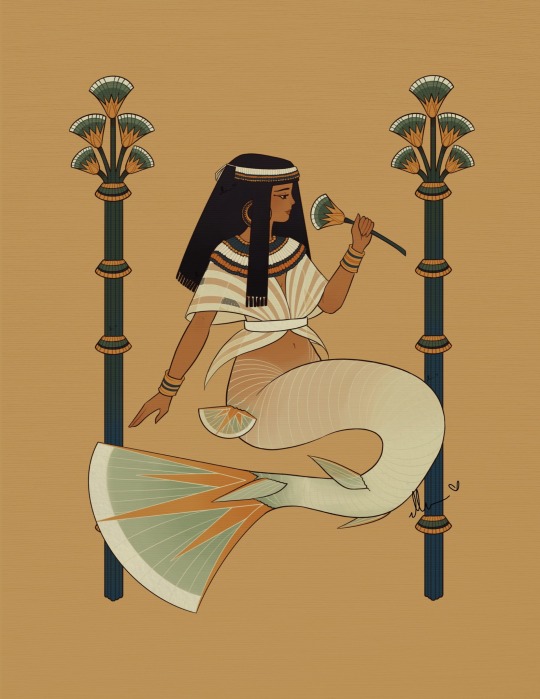







All the Historical Mermay’s together!
I had a lot of fun with this mermay prompt list by chloe.z.arts and they turned into a pretty cool collection of illustrations!
Prompt list by chloe.z.arts on instagram.
I am the artist! Do not post without permission & credit! Thank you! Come visit me over on: instagram.com/ellenartistic or tiktok: @ellenartistic
#historical mermay#mermay 2023#collection of mermaids#lnart#ellenart#historically inspired#historical fashion#it’s gonna be mermay#ancient egypt#ancient greece#tang dynasty#french medieval#italian renaissance#mughal empire#edo period#late victorian era
2K notes
·
View notes
Text

Tristan and Isolde (Life), Rogelio de Egusquiza. 1912.
#aesthetic#art#art history#historical fashion#fashion#historical art#women in art#1910s#Edwardian#mythology aesthetic#mythology painting#medieval#medieval aesthetic#tristan and isolde#tristan and iseult#French legend#French medieval#medieval art#1910s aesthetic#mythology#Spanish art#love#love aesthetic#Arthurian aesthetic#arthurian legend#King Arthur#le morte d'arthur
32 notes
·
View notes
Text

Joan of Arc wearing armour and mounted upon a horse at the head of her troops
by Jules Prater
#jules prater#art#joan of arc#jeanne d'arc#engraving#history#medieval#middle ages#hundred years war#europe#european#france#french#knights#knight#armour#chivalry#christianity#christian#saint#saints#horse#horses#sword#swords#religious art#religion
5K notes
·
View notes
Text
I was a medieval princess and I had a French tennis instructor named Corset, but he insisted it was pronounced “Core-SAY”.
2K notes
·
View notes
Text




now for the dog round!
#the winning three will be enamel pins#I tried to incorporate something from their story into their frames#so Hachiko got the train tracks#Laika got the stara#Togo has a pattern similar to that on his owner's coat#and saint guinefort has the snake scales and a medieval French theme
713 notes
·
View notes
Text


Portions of a Ceremonial Armor | French | The Metropolitan Museum of Art (metmuseum.org)
484 notes
·
View notes
Photo
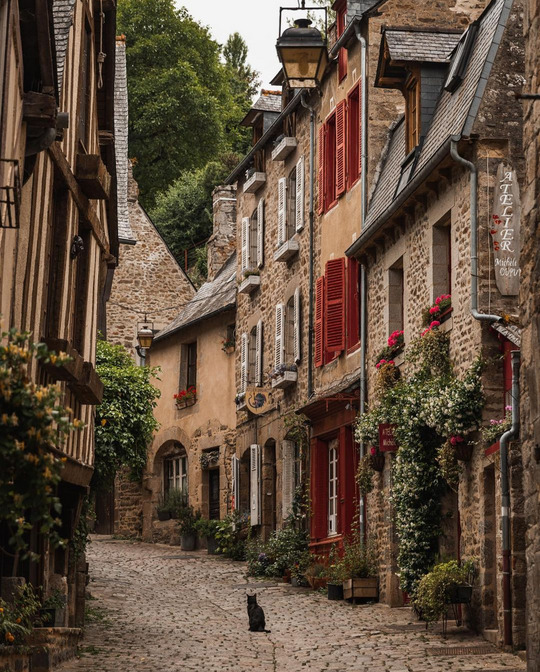
jameslloydcole
#france#french countryside#medieval#cozy corner#cozy#nature photography#folkscenery#livefolk#folknature#naturecore#cottagecore#travelcore#roamtheplanet#beautifuldestinations#uploads
1K notes
·
View notes
Text
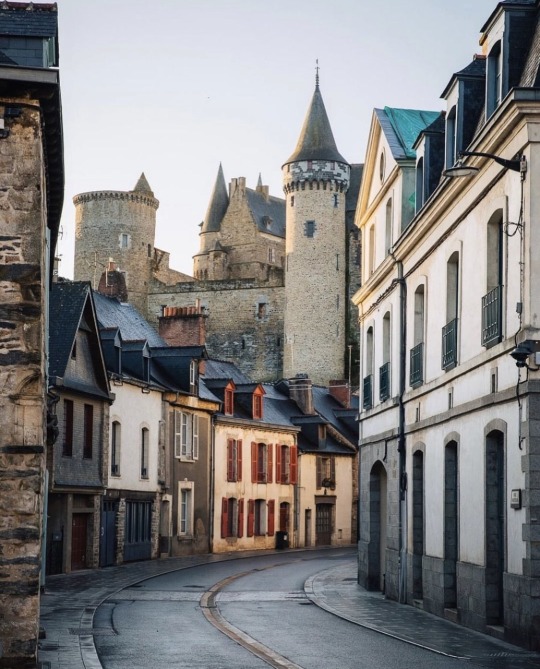
Vitré, Bretagne
877 notes
·
View notes
Text
Medieval peasants did not behave in a manner modern social scientists think of as optimal for their circumstances.
--Barbara A. Hanawalt, The Ties That Bound: Peasant Families in Medieval England.
(Dr. Hanawalt explains that there is no real evidence that English peasants were living in or even particularly acknowledging the existence of extended kinship groups in the 14th-15th century, no matter how much anthropologists think they should have been.)
#barbara a hanawalt#the ties that bound: peasant families in medieval england#history#england#kinship#medieval history#english did not have a word for COUSIN until borrowing it from french#english did not have a word for AUNT#there was a word for a father's brother#for nuclear family#and that was IT
214 notes
·
View notes
Text

The three Magi before Herod. Stained glass by an unknown French artist, early 15th century, restored by F. Pivet in 1999. Now in the Musée national du Moyen Âge, Paris.
#Epiphany#liturgical year#Three Wise Men#art#art history#Middle Ages#medieval#medieval art#stained glass#grisaille#French art#15th century art#Musée national du Moyen Âge#religious art#Christian art#Christianity
312 notes
·
View notes
Text


Historical Mermay prompt 4: French Medieval Mermaid
I was stumped for a while on the direction for this one. French Medieval sounds more broad than it probably is. Either way I eventually picked up on the repetition of blonde women in blue Houppelandes and decided to try it out for myself. Making sure to have long decorative sleeves, and of course (I can never resist) a whole lot of princess hair.
I am the artist! Do not post without permission & credit! Thank you! Come visit me over on: instagram.com/ellenartistic or tiktok: @ellenartistic
http://instagram.com/ellenartistic
#historical mermay#mermay 2023#historically inspired#historical fashion#costume design#character design#ellenart#lnart#it’s gonna be Mermay#digital illustration#medieval princess#French medieval
640 notes
·
View notes
Text
For #WorldLionDay please enjoy this fabulous medieval manuscript goth lion:

Bibliotheque Saint-Genevieve MS 1029 (France, 14th c.), f. 127v detail
#Bibliotheque Saint-Genevieve#illuminated manuscript#medieval manuscript#manuscript#manuscript marginalia#book art#illustration#French art#European art#medieval art#lion#feline#World Lion Day#animal holiday#animals in art#black animals
477 notes
·
View notes
Text
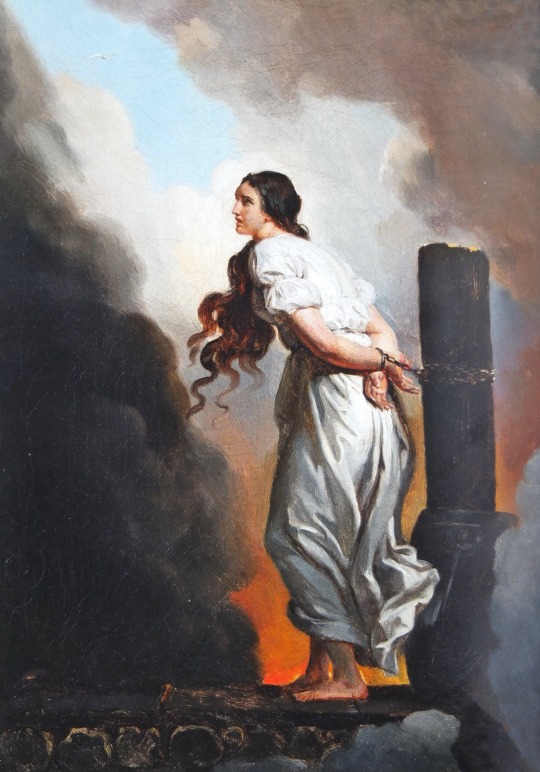
Joan of Arc at the Stake by Alexandre-Évariste Fragonard
#alexandre évariste fragonard#art#jeanne d'arc#joan of arc#st joan of arc#history#france#french#religion#middle ages#medieval#saints#saint#christianity#christian#religious#europe#european#religious art
447 notes
·
View notes
Text
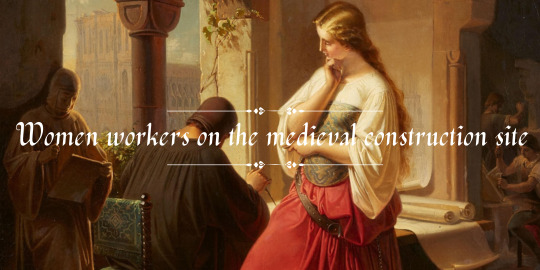
"Women could be found working on construction sites, if only occasionally, including in specialized roles such as carpenters and masons. The research is found in the article, “Appropriate to Her Sex?” Women’s Participation on the Construction Site in Medieval and Early Modern Europe,” by Shelley E. Roff.
She surveyed a wide variety of records from throughout Western Europe, including tax records, inventories of wages paid on construction sites, and municipal accounts, and discovered numerous instances of women working alongside men on construction sites as far back at the 13th century. Most of these women were employed as day laborers, carrying out tasks such as moving water and building supplies around the sites, digging ditches and serving as assistants to bricklayers and stonemasons. For example, in the Spanish city of Seville during the 14th century, women were hired to dig trenches for the foundation of a new city wall, while at the nearby city of Toledo, one or two women were hired each day for the construction of the city’s cathedral, where they gathered lime and worked on the roof. Meanwhile in the French city of Toulouse, almost half the laborers working on the Perigord college site were women. Ross also finds several examples from England and Germany.
Roff notes that previous historians have seen many examples of women working on construction sites in their research, but they had believed that these were just abnormal exceptions caused by economic crises, or because the male population had been killed off through war or disease. But her new study suggests that women construction workers were more than just odd occurences. She explains that “the expansion of urban centers starting in the thirteenth century set off a trend of increasing female employment for day laborers and in the crafts, which only began to contract on occasion for women working in the crafts in the sixteenth century with ensuing economic crises.”
She also notes that in almost all accounts surveyed, the women were paid at a lower rate than the men, which would make the “a cost-effective solution” for site supervisors looking for ways to reduce expenses. The women who took these jobs would have come from society’s poor – those women who could not maintain their households and families just from their husbands’ (if they had one) income.
Roff also finds records showing women taking part in specialized building trades. In London in 1383, Katherine Lightfoot is recorded as the supplier of 2,000 painted tiles for bath in the King’s palace. Meanwhile, tax records from Paris during the years 1296 and 1313 reveal the existence of two female masons, a tiler and a plasterer. These women were not poorer individuals, rather they were the wives of male craftsman, and in some cases their widows. The 15th-century French writer Christine de Pizan noted in her book The Treasury of the City of Ladies that craftswomen, “should learn all the shop details so that she can properly supervise the workers when her husband is away or not paying attention.”
Women workers could be found on the medieval construction site, Medievalists.net
#history#women in history#women's history#working women#historyedit#middle ages#medieval women#medieval history#european history#french history#spanish history#historical#historyblr
147 notes
·
View notes
Text
What an incredible voyage through history as over 100 love letters from the 18th century have finally been opened! Penned over 250 years ago, these letters offer an extraordinary window into the lives of French Navy sailors and their loved ones.
195 notes
·
View notes
Text


christ in the winepress
in the 'bible moralisée de philippe le hardi', france, 15th c.
source: Paris, BnF, Français 166, fol. 123v
(footnote for transparency/academic integrity: these miniatures do stand next to each other in the manuscript, but in reverse order, and i'm not entirely sure how they relate to each other and what or who is being pressed in the one i put in second place for humorous effect)
#if you speak french and can read medieval script maybe you can shed some light on this#15th century#christ in the winepress#mystical winepress#medieval art#bible moralisée de philippe le hardi
167 notes
·
View notes